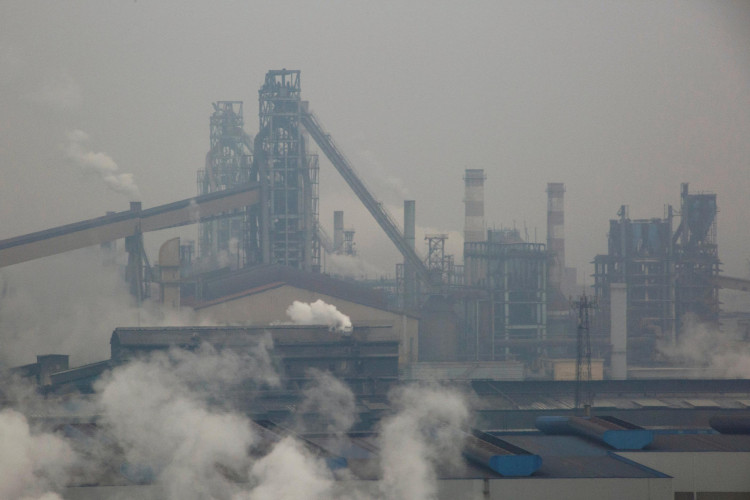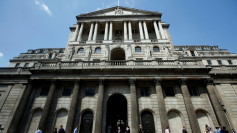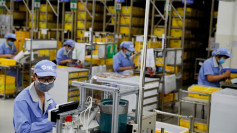A new winter program to curtail emissions in northern China will not help to reverse the sharp increase of last year, official data indicates, raising concerns that a slowing economy is eroding Beijing's commitment to fixing pollution.
In an October 2019 to March 2020 action plan, China said that 28 smog-prone northern cities, including Beijing's capital, would have to reduce lung-damaging tiny particulate emissions identified as PM2.5 by an average of 4 percent from a year earlier.
Particles are a big smog element that swallows northern regions of China during winter as people switch on coal-fired heating systems.
The targeted decrease, however, is 1.5 percentage points lower than a previous draft, and it would not be sufficient to reverse a 6.5 percent increase over the same period last year across the Beijing-Tianjin-Hebei region.
The leap of last year occurred despite the fact that policymakers planned a 3 percent reduction, with attempts thwarted by warmer weather and a rise in industrial activity as regions were granted more freedom to implement their own anti-smog initiatives.
Higher expectations this year indicate that as many as 15 out of 28 cities may have lower smog rates than two years ago, even if they reach their goals, said Greenpeace senior analyst Lauri Myllyvirta.
An official from the environmental ministry admitted last week that the pollution situation in China was still "severe," with PM2.5 increasing in the country in the first three quarters by 1.9 billion.
China had to weigh "maintaining stability" as well as "actual working standards" at each place in setting goals for this year, the official said in a statement, adding that there were chances that the goals would not be achieved.
Last winter, official data shows, only four of the 28 cities - Beijing, Handan, Cangzhou and Jining - met goals.
In Anyang, the most polluted city in China last summer, PM2.5 rates jumped 13.7 million last year. This year it is looking for a 6.5 percent reduction. Nearby Puyang, though its average PM2.5 grew more than 20 percent a year ago, will aim a 6 percent drop this year.
The Chinese environment ministry has been struggling to say that a laggard economy would not affect the country's "battle on emissions," with local governments no longer just depending on raw economic growth.
But there have been indications that the state is trying to transform, with Prime Minister Li Keqiang suggesting earlier that China remains focused on coal and will push for the promotion of clean and green energy.






